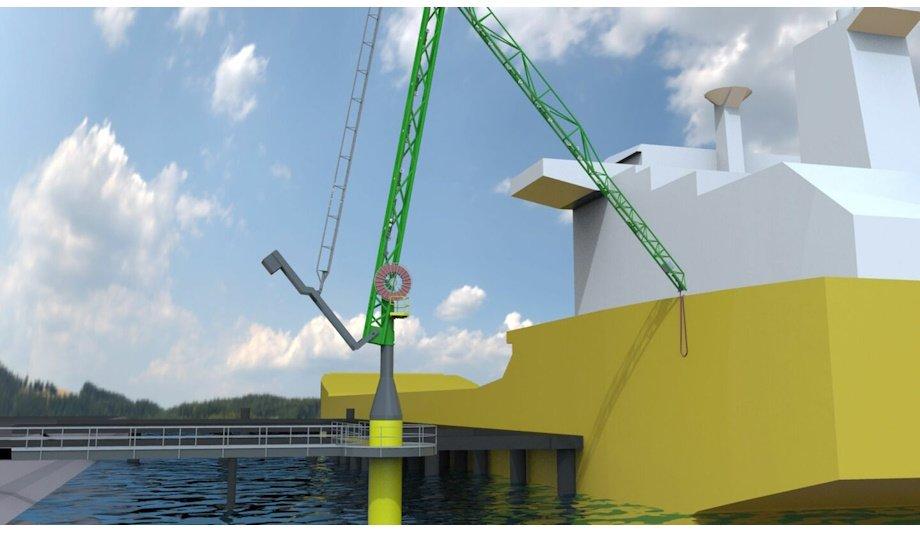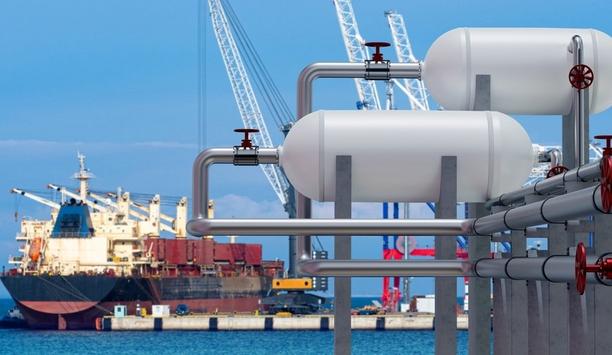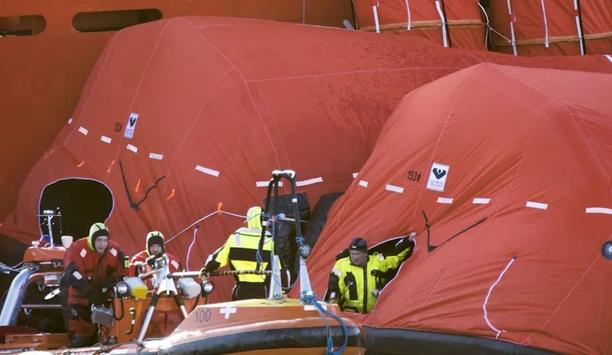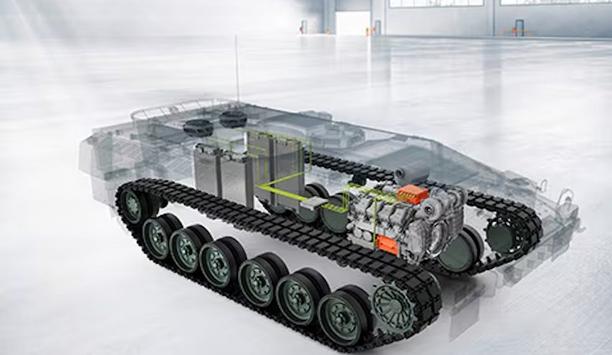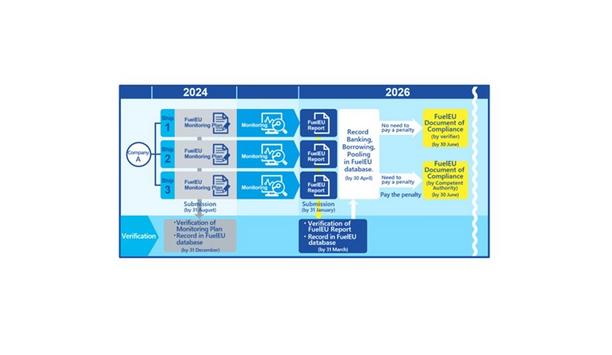As part of a CEF Study project co-funded by the European Union, Port of Rotterdam, in collaboration with the municipality of Rotterdam and various partners in the port of Rotterdam, is conducting four feasibility studies for shore power.
This takes place at four large terminals in the port of Rotterdam; the ECT (Amazonehaven), APMT2 (Amaliahaven), VOPAK (Vlaardingen) and the Cruise terminal (Wilhelminakade). The studies consist of different parts; detailed technical studies, environmental and social cost-benefit studies and preparing tendering and permitting procedures.
- Feasibility Study for Liquid Bulk is carried out in consortium between Port of Rotterdam, Vopak and Stolt Tankers
The study for Vopak Vlaardingen is carried out in a consortium with Vopak and Stolt Tankers
The study for Vopak Vlaardingen is carried out in a consortium with Vopak and Stolt Tankers, and aims to establish a global standard for shore power for tankers.
Between 2022 and 2024, Port of Rotterdam, Vopak and Stolt Tankers have conducted a preliminary technical feasibility study, a business case analysis and a preliminary environmental impact assessment.
Identify the different technical solutions
To identify the different technical solutions with regards to the ship-shore interface for shore power for tankers, and assess these solutions on their safety and operational implications, the consortium hired DNV Maritime Advisory.
In June 2023, DNV completed a preliminary technical feasibility study on developing a high voltage Onshore Power System (OPS) for tankers.
The study consisted of various aspects:
- An in-depth investigation into current shore power solutions for tankers was carried out, addressing challenges like grid power availability, frequency, voltage level, and load requirements for different tanker types.
- Three OPS connection scenarios were evaluated:
Scenario 1: Mid-ship connection using the ship’s crane for the OPS cable.
Scenario 2: Mid-ship connection with a crane-based Cable Management System (CMS) on the jetty.
Scenario 3: Stern connection with a crane-based CMS onshore or on a platform/monopile in the water.
- As part of a Safety Assessment (HAZID), scenario 3 was identified as the safest, with no high-risk hazards, compared to four and three high-risk hazards in scenarios 1 and 2, respectively.
- In a Multi Criteria Analysis (MCA), scenario 3 emerged as the preferred option due to superior safety, operability, technical maturity, and equipment availability.
Main takeaway from the exercises
By setting up a stern connection instead, the risk is reduced as far as possible
The main takeaway from the exercises assessed in this project is that although a mid-ship connection may very well be a feasible option, it may not be as practical and flexible as it seems at first glance, in addition to the hazardous zones representing a significant risk involved with the OPS connection.
By setting up a stern connection instead, the risk is reduced as far as possible, as there is normally no hazardous zone in the stern area of a tanker.
- OCIMF takes standardisation of shore power for tankers to the next level
In the course of developing the preliminary technical feasibility study, representatives of the consortium have engaged with representatives of the Oil Companies International Marine Forum (OCIMF), a voluntary association of oil companies with an interest in the shipment and terminalling of crude oil, oil products, petrochemicals and gas.
OCIMF is a broadly respected association that provides guidelines for various subjects in the shipping and storage of oil and oil products. As a result of the collaboration, OCIMF has also started to work on its guidelines on shore power for tankers and has already published its preliminary design recommendations.
OCIMF shore power guidelines for tankers
Port of Rotterdam, VOPAK and Stolt applaud the important step that OCIMF has taken here
Port of Rotterdam, VOPAK and Stolt applaud the important step that OCIMF has taken here and the consortiums experts are involved in the further development of the guidelines. The OCIMF shore power guidelines for tankers will form an important basis for further standardisation by the IEC/IEEE/ISO.
Rebel Ports & Logistics presents a comprehensive analysis of the financial, environmental, and social benefits, confirming the potential positive impact of the project.
Significant benefits in emission reductions
Rebel Ports & Logistics was contracted to assess the financial, environmental and social impacts from installing shore power at Vopak Vlaardingen. The study was completed in April 2024 and highlights significant benefits in emission reductions, contributing to improved air quality and public health, which are essential for the community's well-being and combating climate change.
Despite the promising environmental benefits, the financial analysis reveals a substantial viability gap. Project optimisation and potential subsidies are necessary to bridge this gap and make the project financially feasible. Additionally, regulatory measures may encourage the uptake of shore power by tankers.
Next steps
Port of Rotterdam, VOPAK and Stolt will continue to strive for the standardisation of shore power for tankers and still have the ambition to facilitate a demonstration project at VOPAK Vlaardingen. In the next phase of the project, the partners aim to:
- Execute a preliminary design for the shore power installation at Vopak Vlaardingen,
- Engage important clients from VOPAK and Stolt Tankers at the Vlaardingen Terminal, and
- Engage with (potential) subsidy providers on their participation in the project.
Finally, Port of Rotterdam, Vopak and Stolt will organise two information events in the third quarter of 2024; one for Rotterdam-based partners and one for international partners. For those who are interested in participating in the event, please send an email through.
